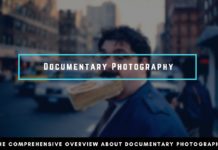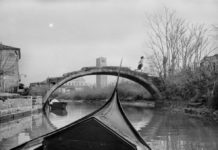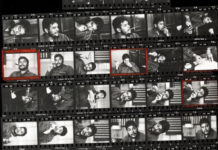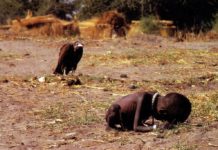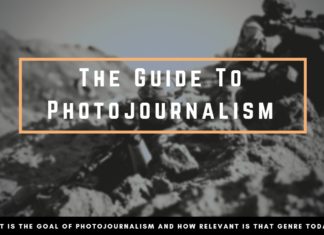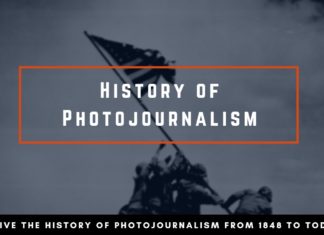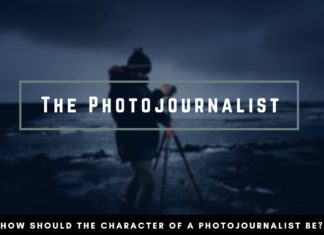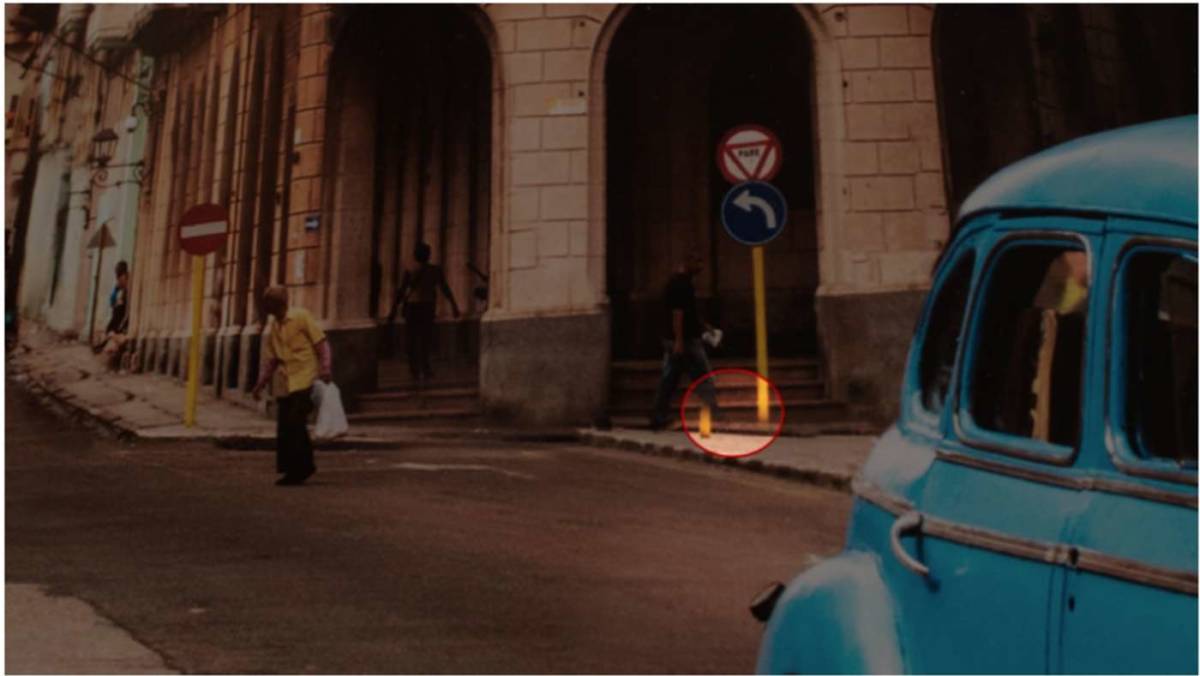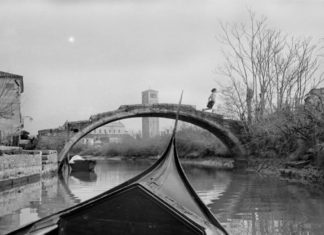The history of photojournalism is strongly connected to the beginnings of photography. Ever since people managed to create permanent images, they were interested in documenting their lives and present it to the rest of the world.
When we think about photojournalism, the second world war comes to our mind very quickly as the event, that was covered by photojournalists. However, as I addressed an essay writing help expert to gather materials on this topic, I was informed that photojournalism was born much earlier. The topic actually appeared to be broader than I thought. Little known is the fact, that the history of photojournalism dates back as far as the 1840s.
This is was also a surprise to me, since the cameras were so basic, that I thought that a genre as complicated as photojournalism must have been younger. Looking back, this sparkled my interested, so I researched more about the early days of photojournalism and want to present the complete history, from the beginnings in the 1840s, to today.
Timeline

1840 – The First Photograph
Before the first photographs as the early form of photojournalism arose, there were illustrations that depicted certain historical events. Photojournalism isn’t the first form of journalism with the focus on pictures, but with the technological advancement of cameras, it was only logical to replace complex illustrations with photographs.
The first photograph that has been attributed to photojournalism, was the Barricades in Rue Saint-Maur-Popincourt from 25th June 1848.
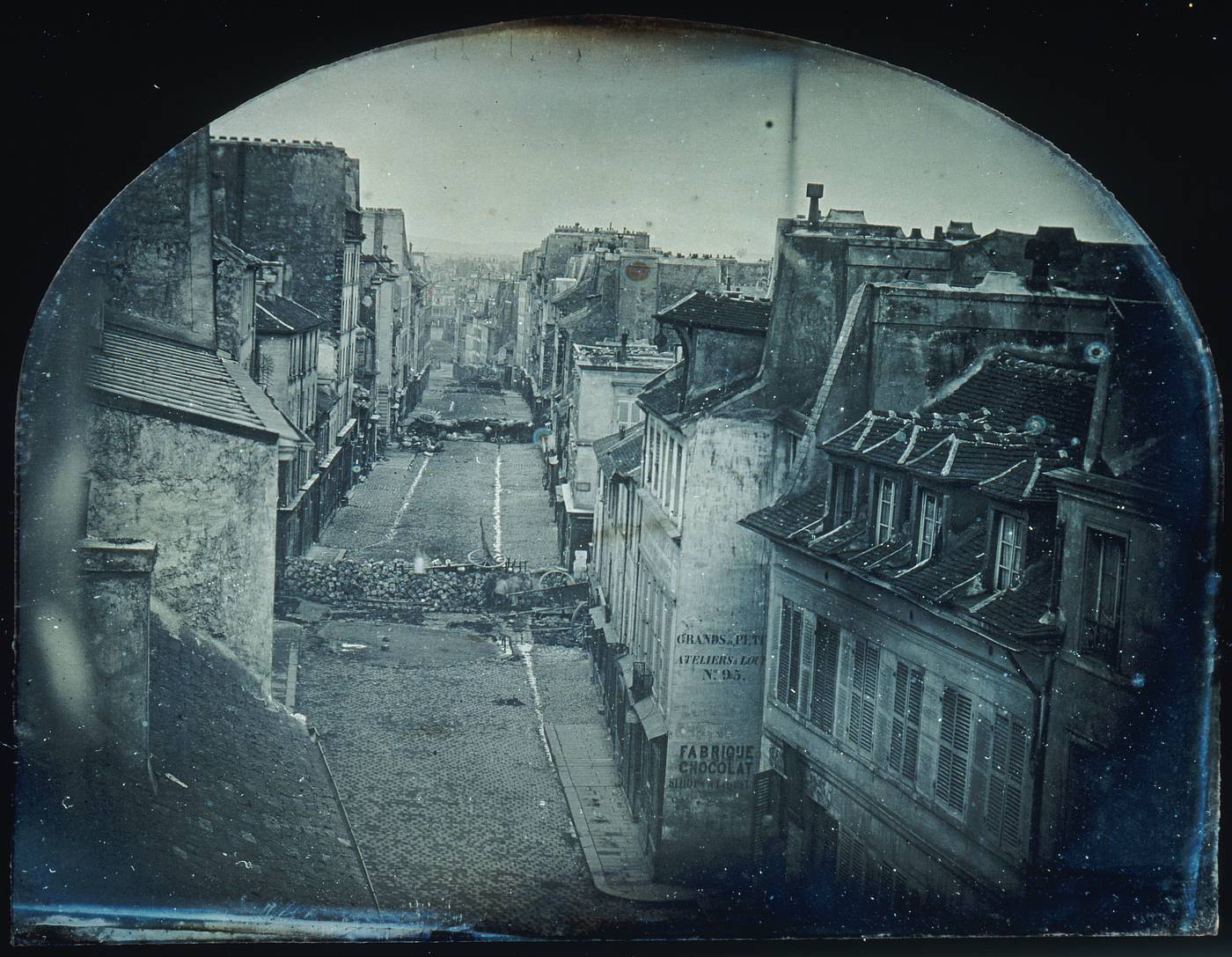
The photograph was taken by an amateur photographer since photography was hardly a profession in its early stages. Nonetheless, the photograph marks the beginning of photojournalism and documents the June Uprising in Paris.
An engraving of this photograph has been published in the newspaper “L’Illustration” in July of 1848. The photograph not only has a huge influence when it comes to photography but also painters. It is said, that painters of the 1860s often resembled the certain style of this particular picture, where people in the back are only visible as small dots. This is a very interesting finding because, at that time, photography has been seen as the lower form of art and was very frowned upon by painters and other artists.
1855 – The First Photojournalism Series
So far, photojournalism was dominated by amateurs and single pictures finding their way into newspapers. There weren’t any attempts at making a cohesive series.
Cameras were still very heavy and creating a series would be very costly.
The Crimean War
During the Crimean War in 1855, the British Government hired the photographer Roger Fenton to document the war. At that time, there weren’t any Documentary Photographers, and people like Robert Fenton were usually referred to as Campaign Photographers. There focus and work were a little different compared to today’s impression of Photojournalists.
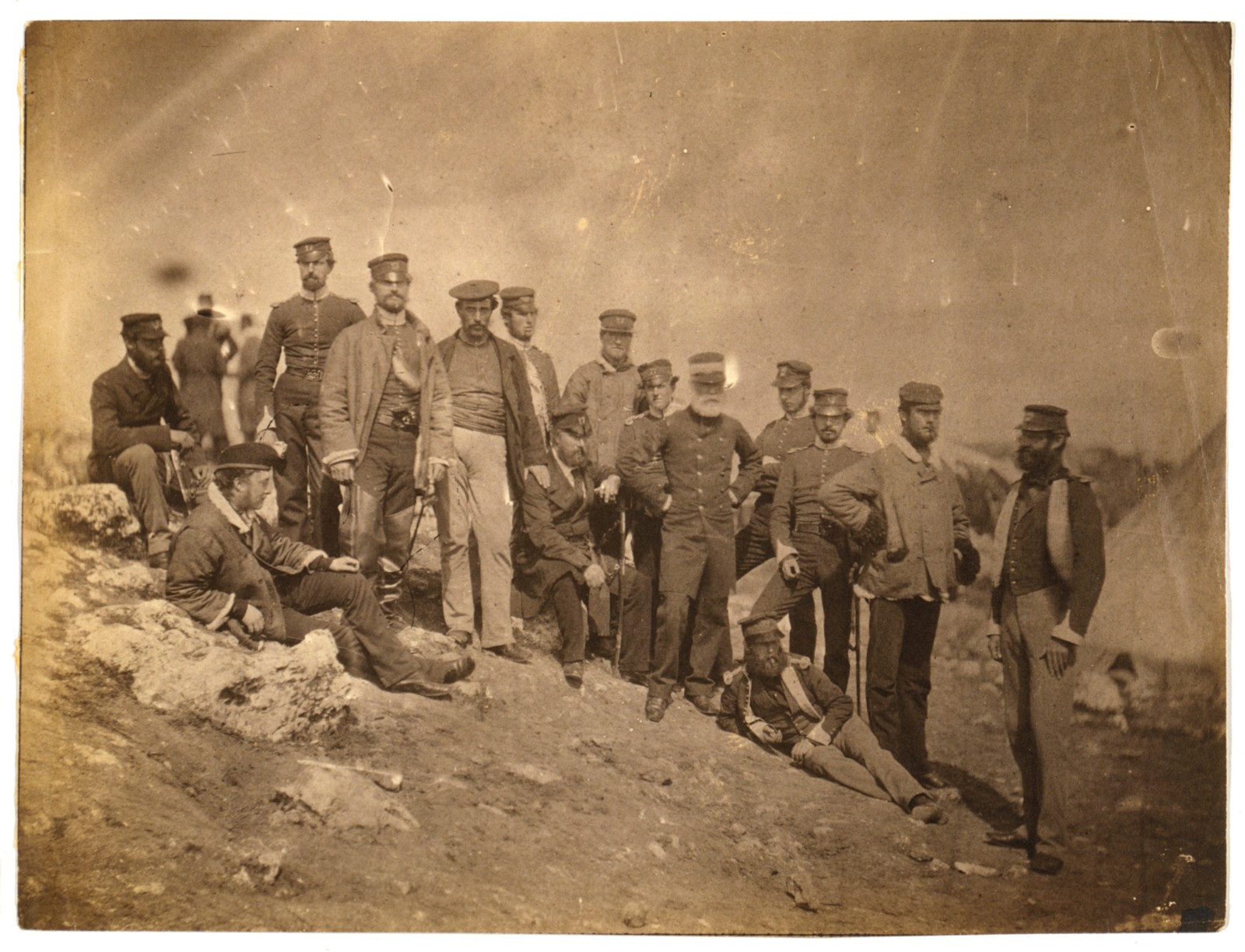
Their main tasks were to document the landscape and participants. Because of the technical limitations of the early cameras, people were often displayed in staged portraits. Landscapes were also more suitable for the early cameras, as they could be photographed using a tripod.

Roger Fenton didn’t photograph at the frontline but focused on everything surrounding the war. From simple soldiers to the logistics of war.
That he didn’t show the cruelties of war, isn’t only due to the technical limitations of his equipment. The British Government didn’t hire Roger Fenton to simply document the war, but to portray it in a positive and romantic way.
The first complete series in the history of photojournalism was, therefore, a mean for propaganda and it shows that governments realized the power of photographs from its early beginnings.
With the positive photographs of Roger Fenton, they wanted to distract from mismanagement and paint a positive image of the Crimean War.
In the history of photojournalism, Roger Fenton can be described as the first war photographer.
See also the full archive of the Crimean War by Roger Fenton for reference
1861 – 1865 American Civil War
Photojournalism was and is very driven by war.
Was the Crimean War only covered by one photographer in order to portray a positive view of the war from a British perspective, the American Civil War, attracted a lot more photographers making it the most photographed historic event of the 19th century.
Thanks to the work of photojournalists, the general population witnessed the reality of warfare for the first time.
Before, there were mostly illustrations or paintings, depicting a view of war which was highly influenced by the artist.
Now, through photography, the situations displayed might still have been affected by the photographer’s interests, but the combination of all the archives from Northern and Southern photographers give a realistic insight of the American Civil War.
Newspapers had no choice but to show, that war is not the romantic fight, but suffering on every front.
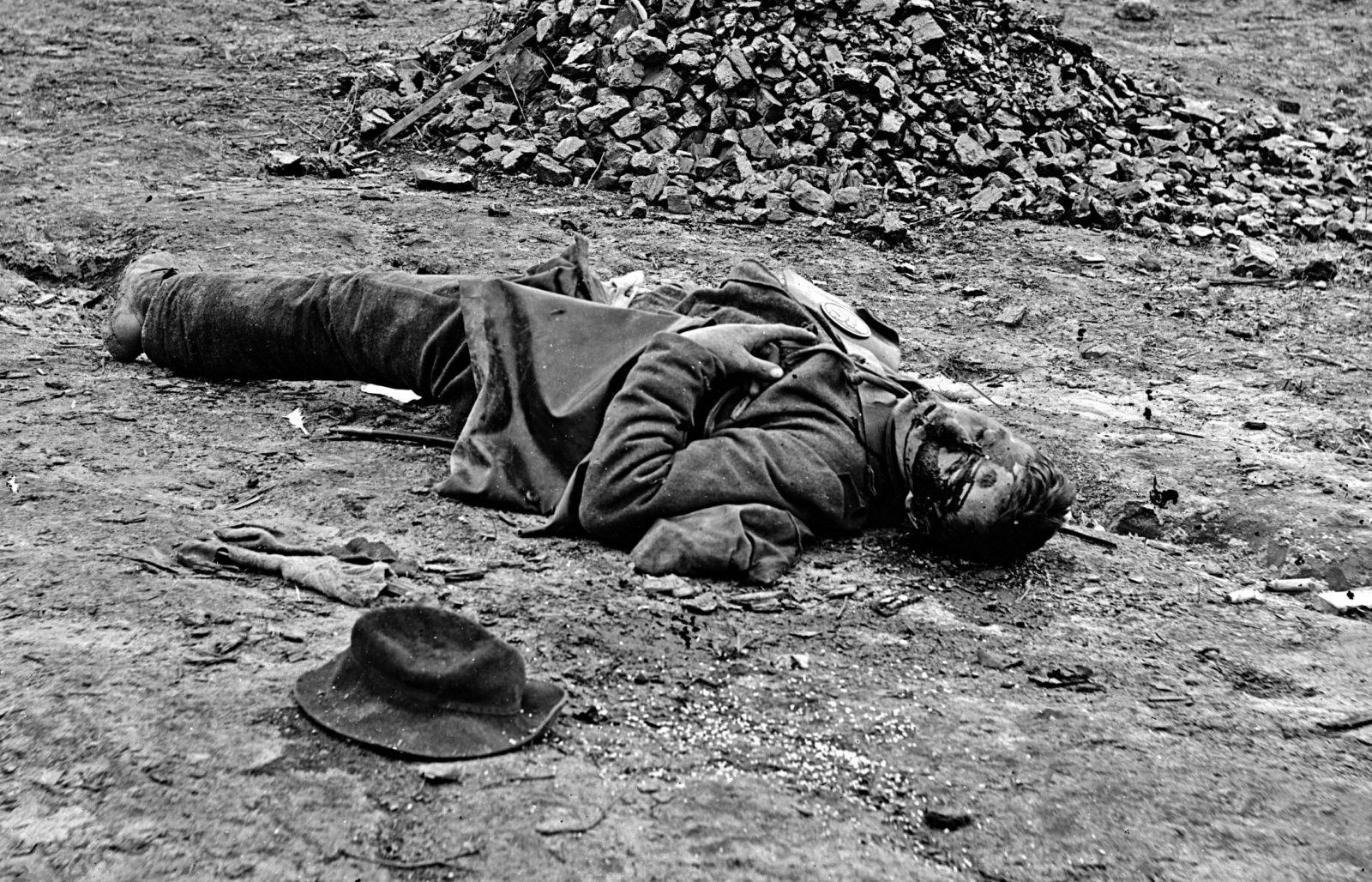
Mathew Brady rose to prominence during the American Civil War as he was not only a photographer himself, but invested a lot of money to acquire negatives of other photojournalists as well.
He had the foresight, that negatives will be easier to develop and reproduce in the future and amassed more than 10.000 negatives at the end of the war, which was easily the biggest collection.

1877 – “Street Life in London”
Photographed by John Thomson – Also available on Amazon
So far, Photojournalism was dominated by war and its sufferings. Not to say, that there wasn’t anything else, but when it comes to series, war has been the main subject.
Since the beginning stages of Photojournalism, newspapers printed every kind of tragedy that has been photographed and could be seen as a photojournalistic picture.
But it took until the 1870s, that photographers tackled other subjects and focused on social aspects of society.
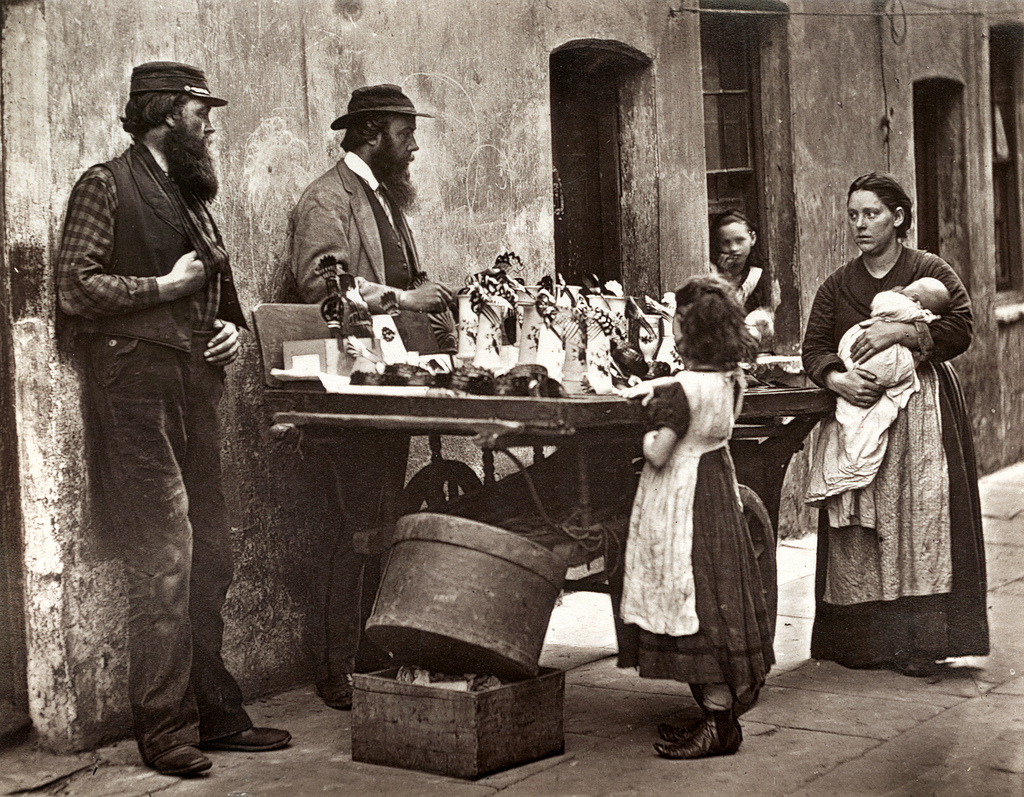
John Thomson was a Scottish photographer who wanted to show the conditions that the people of London are living in.
His aim was …
“to bring before the public some account of the present condition of the London street folk, and to supply a series of faithful pictures of the people themselves”.
In collaboration with Adolphe Smith, he created the first Social Documentary Project and laid a foundation of journalism, where the work of writers and photographers goes hand in hand.
“Street Life in London” marks also the first photojournalism project, where photographs are used to convey the main message. In contrast to that series, most photographs were used to supplement written text in newspapers before, but not seen as a valuable source on its own.
1890 – “How The Other Half Lives”
Photographed by Jacob Riis – Also available on Amazon
Influenced by technological advances, photography became more dynamic and versatile. Thanks to the introduction of flashes, Jacob Riis had the option to photograph inside of buildings and wasn’t forced to photograph outside anymore.
This fact was crucial for his project “How The Other Half Lives” since a large part of the project displays the living conditions of slums and immigrants in New York. With new waves of immigrants arriving after the end of the civil war and the sudden rise in population, the housing situation deteriorated at a fast pace since the 1870s.
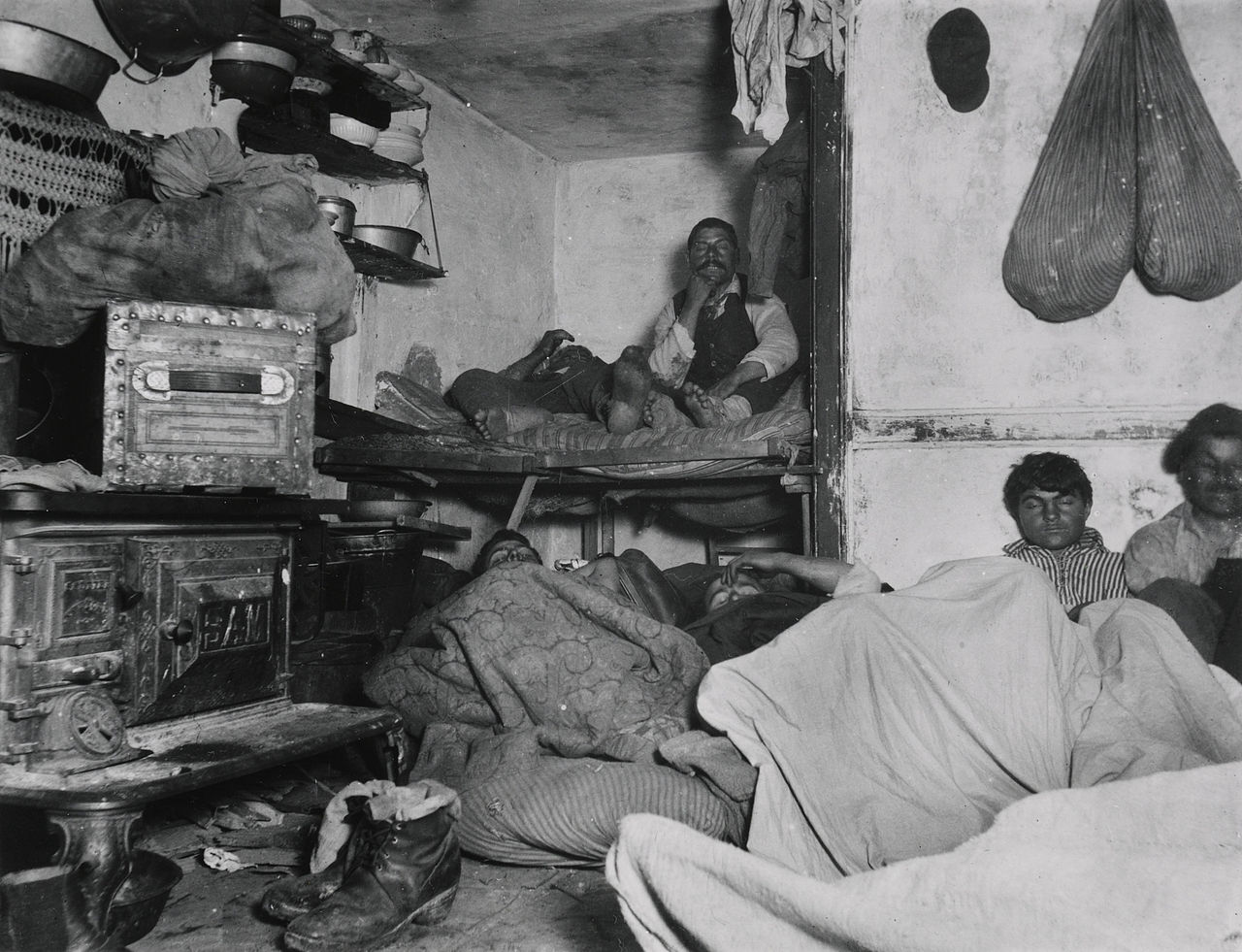
Jacob Riis was one of them. As an immigrant, coming from Denmark, he found himself in the slums of New York’s Lower East Side.
After he published his book, many social reforms were established to improve the housing situation in New York.
It is one of the most powerful social documentaries ever created and had a direct impact on the living conditions of the citizens in New York.
This hows, how influential photojournalism can be.
1925 – Leica and Modern Photojournalism
The modern photojournalism, as we still know it to this day was initiated in 1925, as the first compact camera was built. There is a reason so many photojournalists favored a Leica for all of their lifetime and the German camera brand has been always connected to photojournalism. Leica was simply the first manufacturer to produce a 35mm film compact camera with a flashbulb system.
This camera allowed the photographer to be more flexible and be more in the middle of the action. Before the introduction of this camera, photographers had to use bulky cameras that were relatively slow and hard to move.
With those cameras it was impossible to create candid photographs, nor could they be moved quickly to action-packed scenes.
Cameras dictated how photojournalists approached their projects and how they could display it. They had to make the best out of all the technical limitations.
The new Leica gave them a lot more freedom and opened up the modern approach to photojournalism.
It can be said that now for the first time it was possible to create truly candid photographs and display the life on the street or the city how it really was, instead of having people to stand steady for a posed photograph.
The Berliner Illustrirte Zeitung
A little before the introduction of the Leica, the style of magazines changed and headed in a direction that was more beneficial for photojournalism.
The Berliner Illustrirte Zeitung featured photographs on their front page to sell the newspaper.
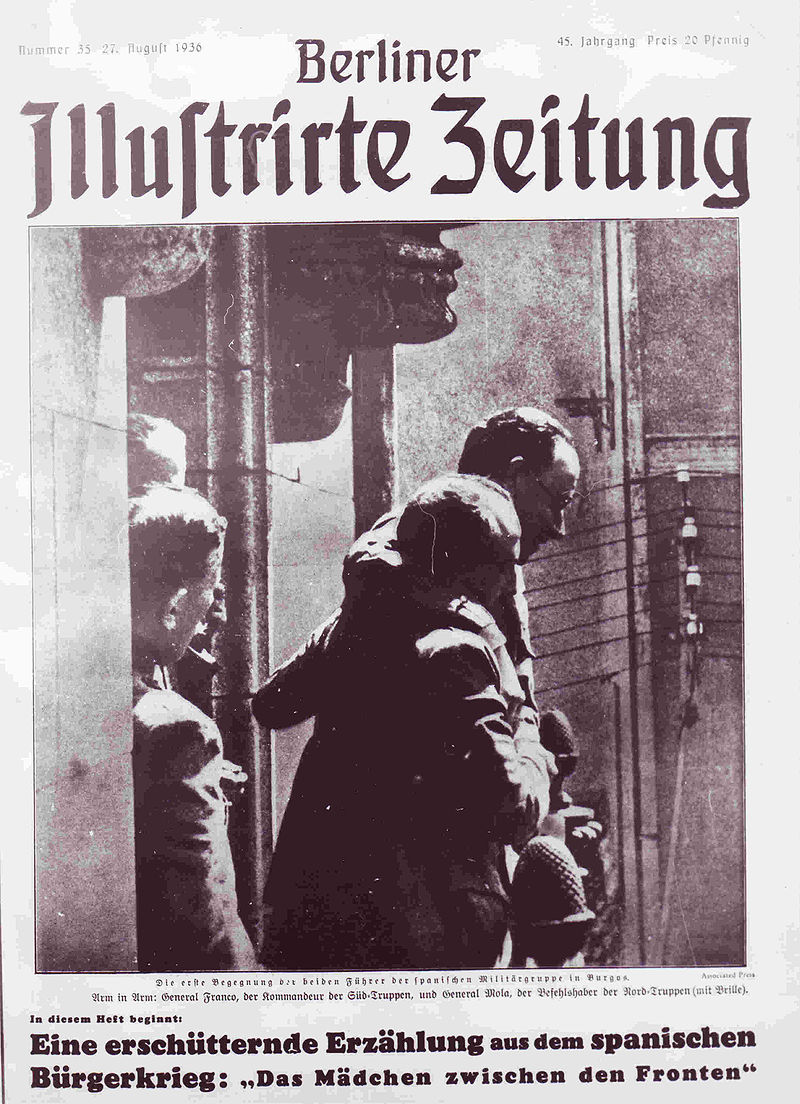
Although the idea of photographs wasn’t new anymore and has been established since the early 1900s, the combination of the new Leica and the newspaper style really facilitated the importance of photojournalism.
Photographs and social documentary series had already a great influence before, as has been shown by Riis and his tenement influence on politics. While the reach for those photographs has been very narrow at first, with the introduction of this new magazine style, the photographs also reached the simple blue collar worker.
The photo essay was born that gave the photographer more freedom to the story his way, instead of only supporting a written text.
Other magazines, followed that style, those include:
Vu (France)
Picture Post (London)
Life (USA)
1930 Golden Age of Photojournalism
A lot of photographers that coined photojournalism for the next decades started their careers in the 1930s.
Those include famous photographers such as Henri-Cartier Bresson, Robert Capa, Alfred Eisenstaedt, Margaret Bourke-White, and W. Eugene-Smith.
Notable are the repression efforts under the rise of the Nazis in Germany in the early 1930s, which forced a lot of photographers and editors of the early journalism newspapers to flee to the United States.
1930s – Great Depression
Despite wars, economic hardship and social documentaries have always been a part of the history of photojournalism.
In its beginnings, photographers were sent out to document the living conditions of rural America. Later, it was not only a presentation but a political statement, that showed the hardship of the rural population.
Dorothea Lange and Walker Evans are two out of ten photographers that were sent by the Farm Security Administration, to document the living conditions in the rural areas of America.
During the long road trip, Dorothea Lange captured one of the most historic photographs of the 20th century.
“Migrant Mother” has become one of the iconic photographs showing the life of a family in California.

1936 – Spanish Civil War
Before the photography agency, Magnum was founded, Robert Capa covered the Spanish Civil War with his partner Gerda Taro.
Robert Capa, born in Hungary sympathized with the anti-fascist Republicans, Socialists, and Poor.
In the early days, newspapers were hesitant to print his pictures and spread the true brutality of war. Magazines were more interested to decorate their magazine with photographs of the then famous photographer Robert Capa instead of focusing on the pictures.
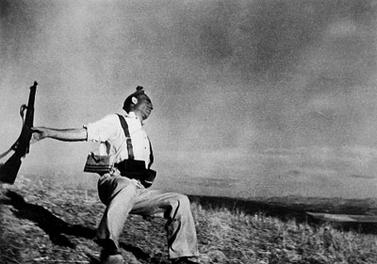
Instead of printing the images of war, the French magazine “Regards” rather published Capa’s initial trip to Madrid.
In 1938 Rober Capa was introduced as “the greatest war photographer in the world” by the “Picture Post”.
During his coverage of the Spanish Civil War, Robert Capa captured one of the most popular photographs of all time “The Fallen Soldier” on September 5th, 1936.
“The photograph is an overwhelmingly powerful statement of the human existential dilemma, as the solitary man is struck down by an unseen enemy, as if by Fate itself…the photograph is a haunting symbol of all the Republican soldiers who died in the war, and of Republican Spain itself, flinging itself bravely forward and being struck down.” – Robert Whelan
Read more about Capa’s coverage of the Spanish Civil War on Magnum
1939 Second World War
The Spanish Civil War was only a forerunner of what was coming up in the Second World War.
Again, Robert Capa was one the most notable photographers who covered the frontlines and the landing on Omaha beach. His photographs not only depict the war, but have inspired countless movies, songs, and video games.
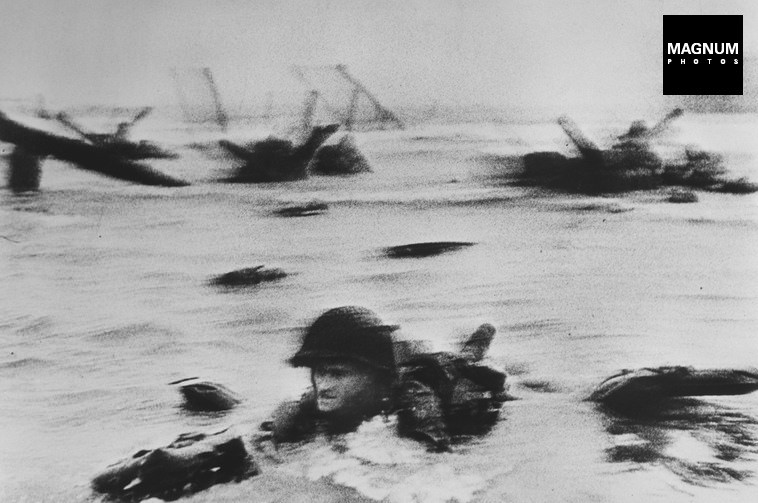
Robert Capa also shot another notable photograph, shortly before the War officially ended. In Leipzig, a US-Soldier has been shot in the urban warfare by a sniper.
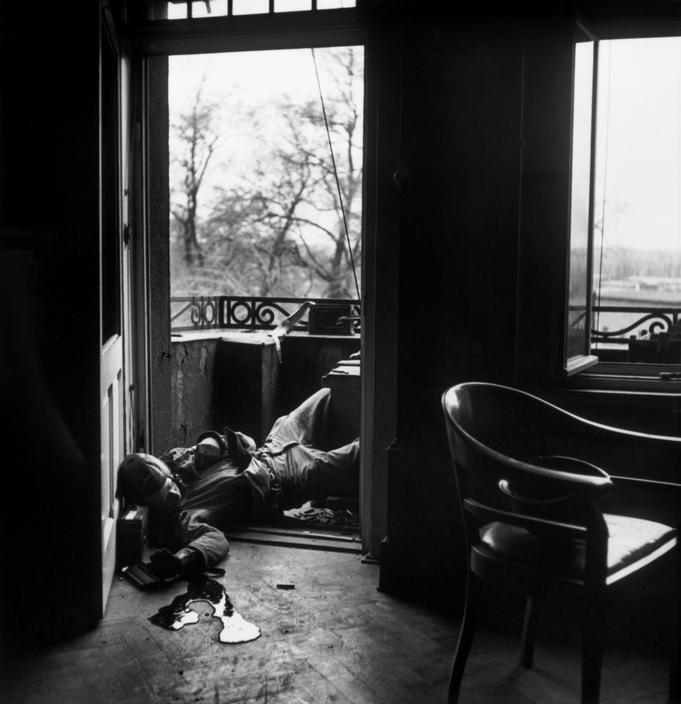

1947 – Magnum Photos
Were the previous decade marked by war and economic crisis, the photography world had a short time to regain its breath again.
In 1947, the most influential photojournalism agency of the 20th century has been founded. Based on the premise “Magnum is a community of thought, a shared human quality, a curiosity about what is going on in the world, a respect for what is going on and a desire to transcribe it visually.”, the photographers Robert Capa, David Seymour, Henri Cartier-Bresson, George Rodger, and William Vandivert founded Magnum in Paris.
Since then, Magnum has built one of the most prominent collections of photojournalistic work of the past century and has a huge influence on a lot of famous photographs, that are still present today.
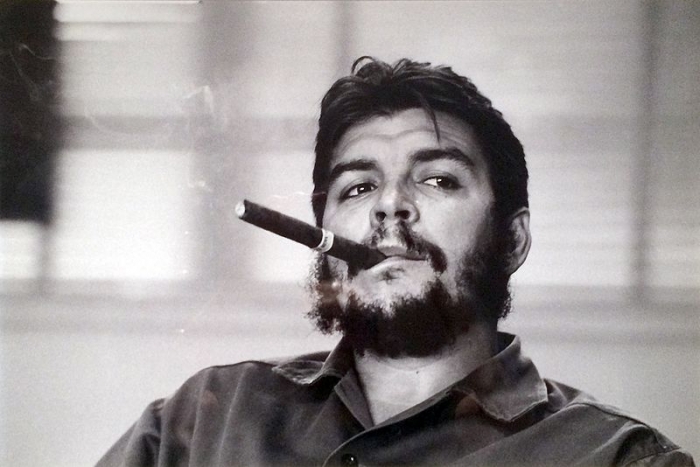
Being a photojournalist is not always easy. It takes a lot of dedication and time to work on important projects, to publish a series that is worthy for the public. A lot of photojournalists suffer because they don’t have the needed funds for their projects.
Magnum gave them a new home and the possibility to market their work. With their help, the photojournalism rose from small independent photographers, who struggled and had to pursue other jobs or work, to a professional environment, where photographers could focus on their work. They were able to travel the work and document historic events.
1950s – 1970s
Photojournalism was still one of the most influential sources when it came to the documentation of social struggle or crisis zones.
But photography had become opponents that were able not only to show a picture but a complete film. Television had a huge impact on the development of photography, but in its infant state ranging to the 1970s, newspaper magazines had a greater reach than television.
The subjects shifted and the daily ordinary life became a greater interest for a lot of photographers.

Photographers like Garry Winogrand, Diane Arbus or Lee Friedlander, described a new form of photojournalism, that focuses on single images, mostly in the city. Street Photography is seen as the “lighter” form in comparison to the often very serious photojournalism but was not less important.
Street Photography helped to save the zeitgeist of the past centuries.

Photojournalism as a genre was still at its height in the 1950s, but through the next decades, new challenges arose.
Photographs were still black & white and the style was very documental focused.
Photographers didn’t have a story of their own in mind, they were simply at the location to capture the story for other people to see it.
By the end of the 1970s, it became clear that other media became more profitable and popular.
Photojournalism wasn’t made for profits, but education and enlightenment.
Newspaper magazines, that focused on the traditional style of photojournalism began to struggle and their sales to decline.
Modern Photojournalism
By the end of the 1970s, it became very apparent, that photojournalism wouldn’t have a chance in terms of pure reach and profit when compared to other media outlets.
Information was now more readily available through other sources than photojournalism.
But does that mean that photojournalism is dead altogether?
No, of course, photojournalism is still existent, but it has changed.
Modern photojournalism doesn’t exist to merely inform, but tell a story that is more powerful than any other form of journalism.
And modern photojournalism does succeed in that.
Not only focused on crisis zones or social injustice, modern photojournalism covers every aspect of modern society.
From environmental damage to sports events, or the impact of the digital age on humanity. In its core, war photography is still the main driver for photojournalism. Photojournalists still risk their lives to share their side of the story and provide alternative news sources.
Watching the history of photojournalism and seeing that it is still persistent in a world where billions of pictures are shared every day, I don’t think that photojournalism will ever use its function as an independent source of information and creating stories that are impacting modern lives.

















